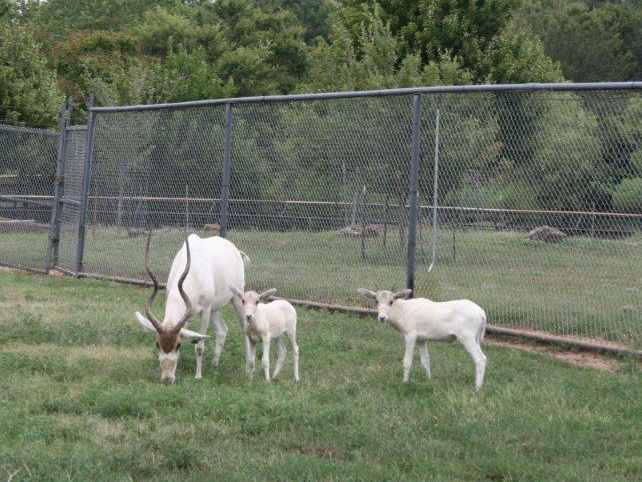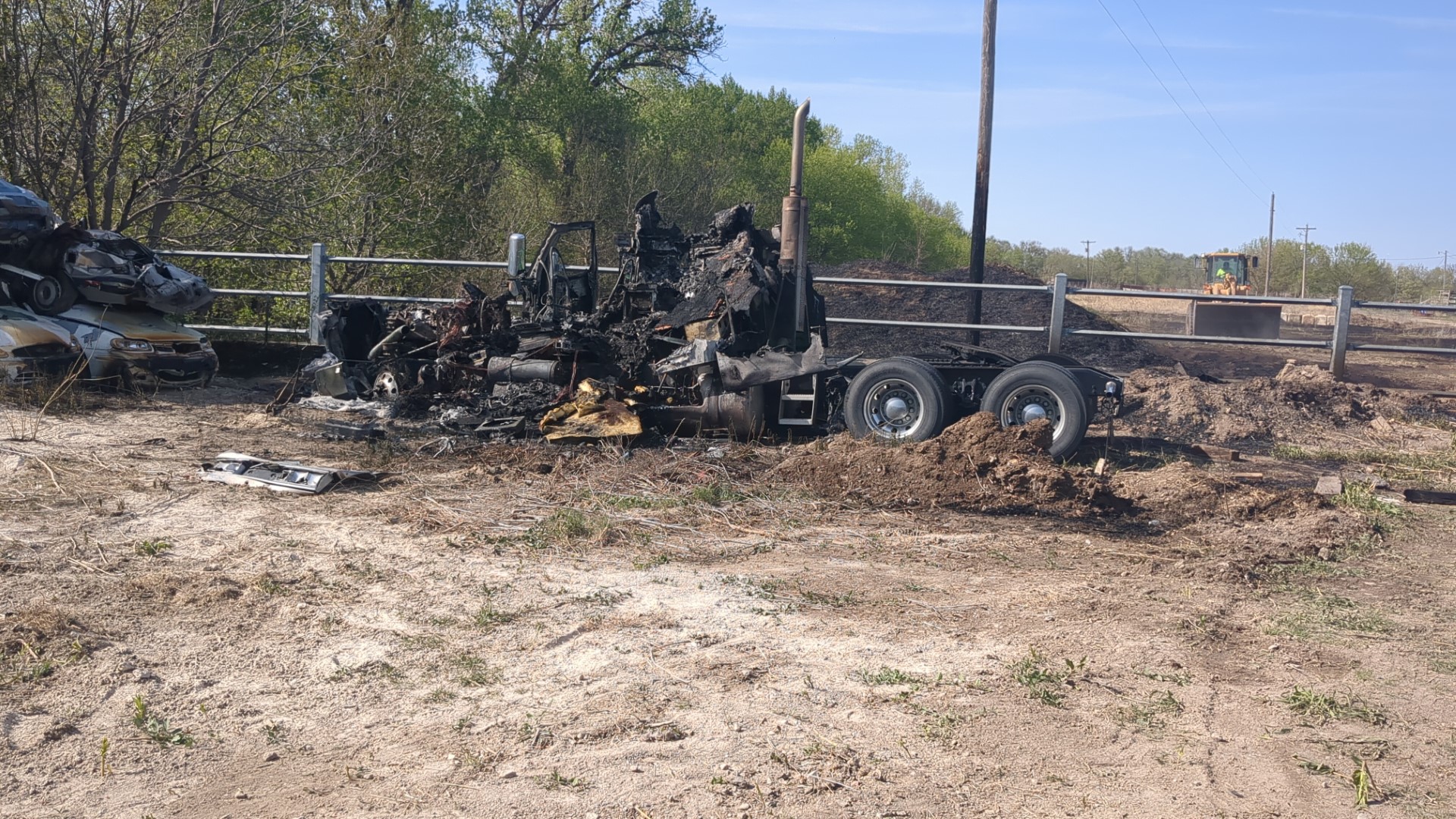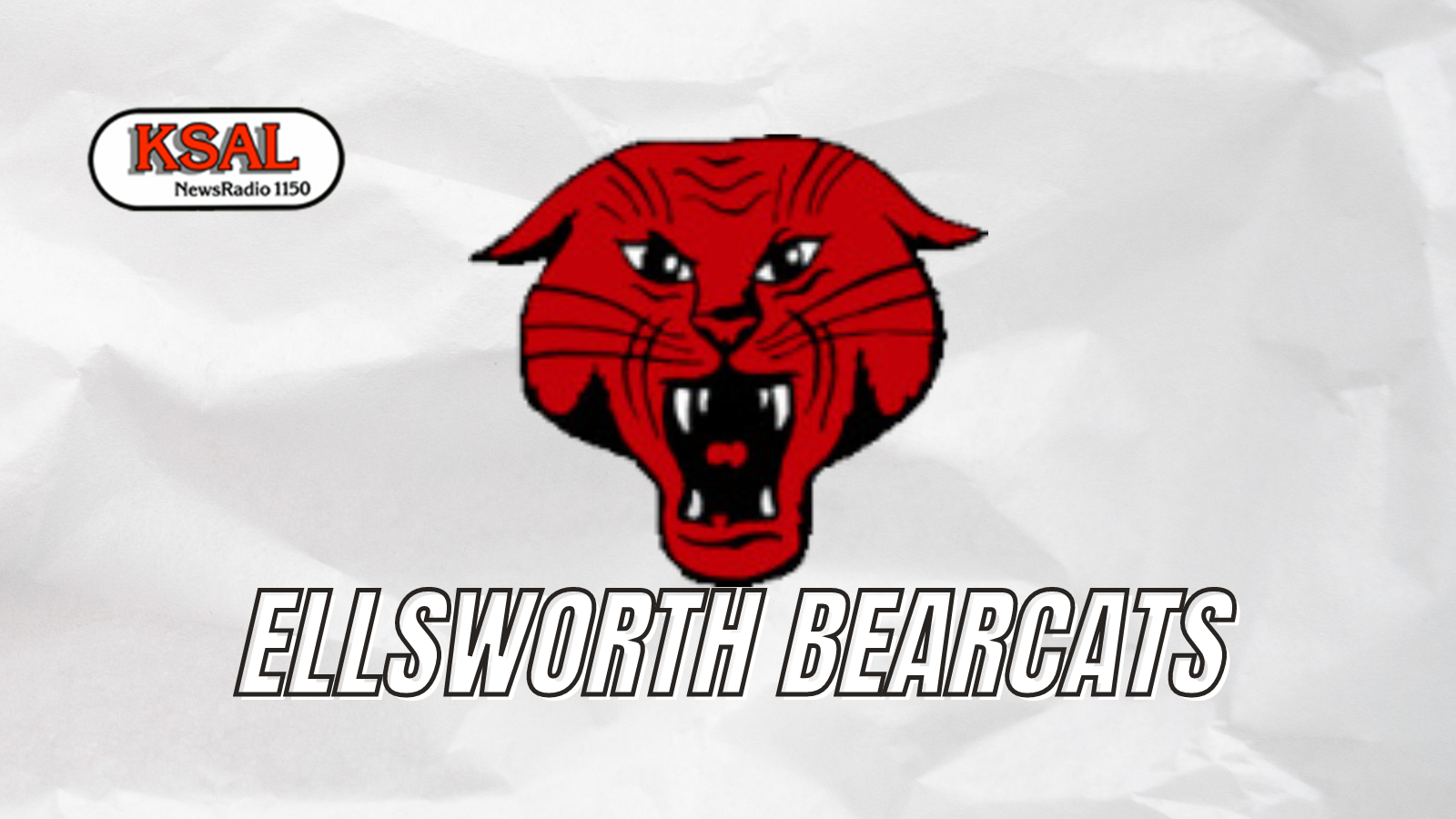The world is a safer place for animals today than it was last week.
Last Friday, President Obama signed into law the Eliminate, Neutralize, and Disrupt (END) Wildlife Trafficking Act. The law, for which Congress came together in a rare bipartisan effort to pass, will strengthen efforts around the world to protect animals from poaching and the illegal trade of wildlife, also known as wildlife trafficking. It allows for harsher penalties for wildlife trafficking crimes, provides support for the rangers fighting poachers in the wild and pushes the countries where trafficking is most prevalent to join the U.S. in the fight to protect wildlife.
The enactment of this law – which has truly global implications – couldn’t have come soon enough. Biologists report that the diversity of life on our planet is falling to unsafe levels. Many believe we are in the midst of a so-called “sixth extinction” – a loss of global biodiversity at a scale unseen since the extinction of the dinosaurs. The conservation community is rallying together to promote laws, like the END Wildlife Trafficking Act, and advocate on the ground to protect species’ precious and fragile existence. Right here in Kansas, we’re seeing the decline of important animals such as the lesser prairie chicken, the black-footed ferret, the whooping crane and the gray bat.
“What many do not realize is that zoos and aquariums are on the frontlines of many of these conservation efforts,” commented Robert Jenkins, Rolling Hills Zoo (RHZ) Executive Director. “The educational value of zoos is clear: more than 180 million people visit facilities accredited by the Association of Zoos and Aquariums (AZA) each year, where they learn directly from experts about the birds, insects, fish, amphibians and mammals that make up animal life on earth. Here in Salina, Kansas more than 88,000 pass through our gates each year. More importantly, zoo and aquarium visitors see firsthand how critical it is for each of us to play our role in keeping these animals safe.”
Zoos and aquariums don’t just teach, they also take action. In 2015 alone, AZA-accredited zoos and aquariums provided more than $186 million for wildlife conservation field programs for more than 775 species across the globe – many of them the same species the END Wildlife Trafficking Act seeks to protect. And as governments and organizations all over the world take action to preserve large spaces for animals to thrive, many of these reserves seek zoos’ and aquariums’ guidance and expertise.
While AZA-accredited zoos and aquariums work arm-in-arm with other conservation groups around the world to make the wild safer for animals, the truth is that the most vulnerable species can’t wait for these reforms and programs to take hold. That is why it is so critical that zoos and aquariums provide a safe space for rescued wild animals that cannot be rehabilitated or would otherwise die. They also offer homes for the many animals confiscated from the wildlife trade.
As a result, AZA-accredited zoos and aquariums are saving many animals from disappearing from our world forever. In fact, AZA-accredited zoos and aquariums have already brought 25 different animal species – including the California condor, the Arabian oryx and the Kihansi spray toad – back from the brink of extinction.
“The people behind zoos and aquariums – from the zoo keepers to biologists to the habitat designers to the veterinarians – provide quality, compassionate care for each animal while working to assure a diverse population of animals around the world for generations to come,” commented Jenkins.
“In our work at Rolling Hills Zoo, we not only provide the best care possible for animals at risk as an endangered species, but we share what we learn in our care with our conservation partners that are working to protect these wild species,” shared Dr. Danelle Okeson, RHZ Veterinarian.
“AZA-accredited zoos and aquariums are needed now more than ever to drive global conservation efforts, protect endangered species, and care for hundreds of thousands of animals,” stated Jenkins. “While zoos and aquariums protect some of our world’s most endangered animals, they are also fostering a love for wildlife and a sense of responsibility among the public, especially our youngest citizens. This way, zoos and aquariums not only protect the animals that need their help today – they help to assure that people will help protect all the other species that share our planet for generations to come.”
—
Story by Linda Henderson / Rolling Hills Zoo



